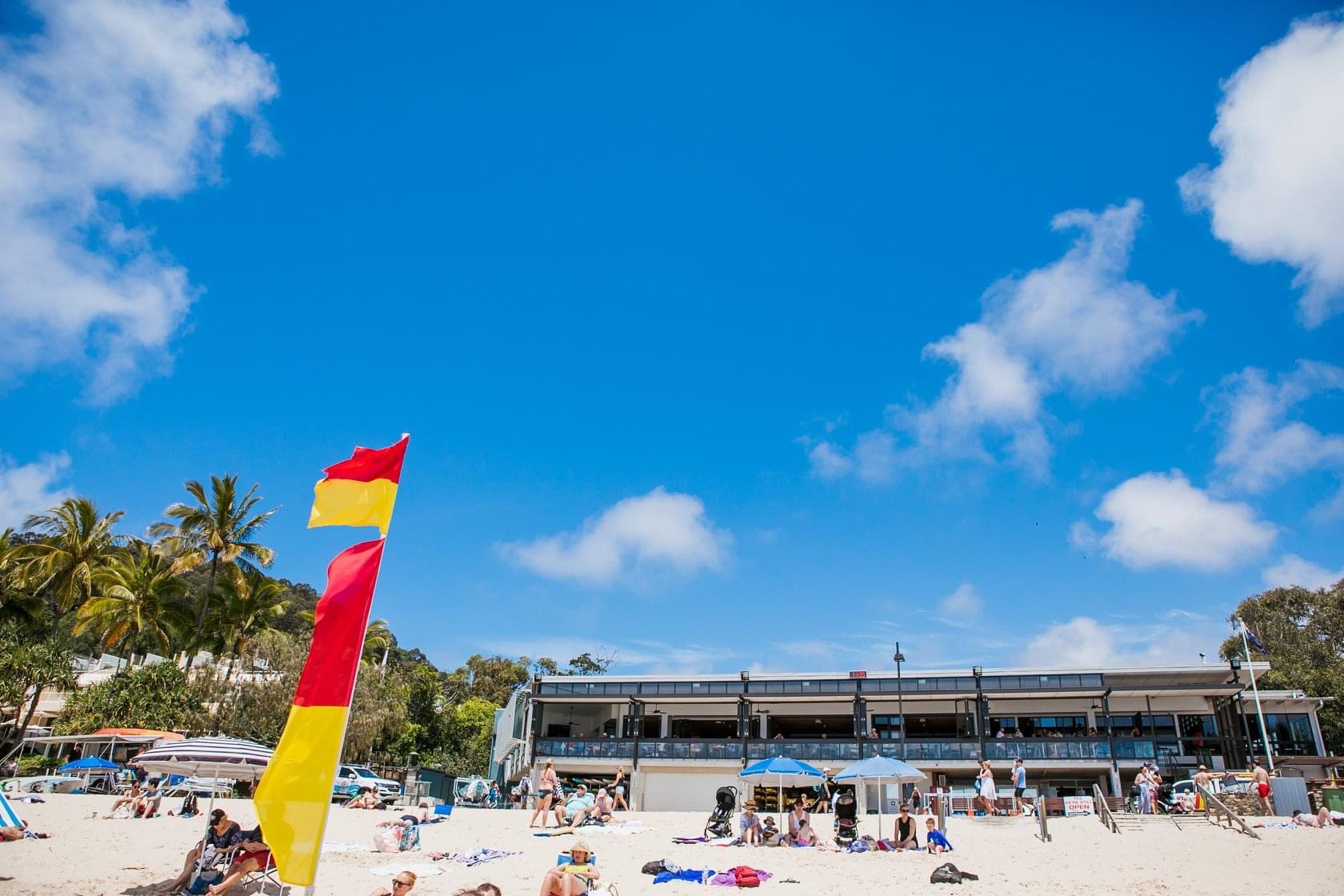Noosa Heads SLSC

The Noosa Heads SLSC is located in a prime position at the heart of one of Queensland’s most popular holiday destinations.
The first steps in the history of the Noosa Heads SLSC occurred on April 1, 1928 when Alexandra Headlands Club visited Tewantin and “the Heads” to give a display for local men. And so began the “Cooroy Royal Life and Surf Club”. A public meeting was held on 9th April 1928 at Cooroy and on April 30 the name was changed to Noosa Heads Royal Life and Surf Club. In December 1928 thirteen members gained their Royal Life Saving Society Still Water and Surf Bronze, thus qualifying to patrol the beach.
In 1929 a club House was placed on the beach and in May 1931 the name was changed to Noosa Life Saving and Surf Club. Since then the club has continued to patrol the beach with the proud record of no lives lost on Noosa Beach while lifesavers were on patrol.
In the 2008/2009 season the club underwent a major refurbishment. We are now very proud to have a clubhouse rated as one of the finest on the Sunshine Coast with “the best seat on the beach”. Our Supporters’ club is run very successfully be a committee and the Club Manager, Anton Mogg (Moggy) and provides a great source of finances for “active” needs to ensure we can continue to provide the best in public safety, community involvement and leadership, youth development, beach management and surf sports.
Life savers patrol Noosa Beach on weekends and public holidays from the start of the September school holidays until the May Day long weekend each season.
Noosa Beach
Noosa Heads is one of Australia’s favourite tourist destinations, with large summer and holiday crowds filling the town and its main beach.
The town is located at the mouth of the Noosa River and is inline with the 2km long Noosa Headland, with much of the head now forming a national park. Noosa has long been a popular summer destination, with a surf lifesaving reel placed on the beach in 1915 and the Noosa Heads Surf Life Saving Club founded in 1927.
The main beach runs from the base of the heads to the mouth of the river. The river is now trained with an entrance wall that forms the northern end of the 1.2 km long beach. In addition, to combat beach erosion and maintain some of the sand dumped on the beach, a rock groyne has been built across the middle of the beach and a seawall constructed along the southern half of the beach. The beach faces almost due north, and receives low waves that have to pass around Noosa Heads. They average between 0.5 and 1m high at the beach, where they usually form a continuous bar that is cut by rips during and following higher waves. Waves are higher and rips more prevalent at, and north of, the groyne.
The safest bathing is in the main patrolled area east of the groyne, however, there is also a lifeguard stationed west of the groyne. Watch out for rip channels and be very careful if swimming near or west of the groyne, as rips are usually present. Also beware of the river mouth, which has shifting shoals and strong tidal currents.
Location
69 Hastings St,
Noosa Heads, QLD, 4567